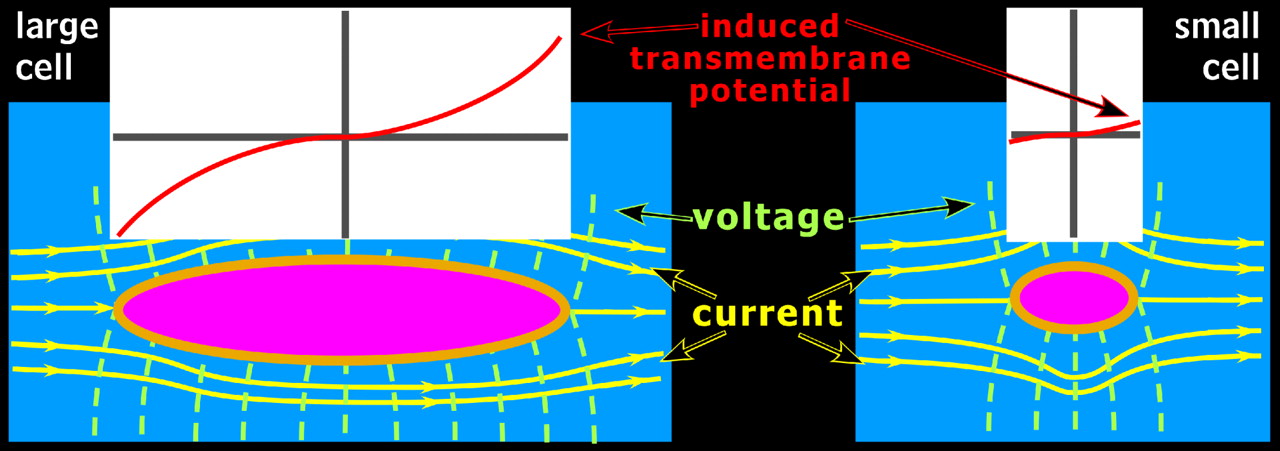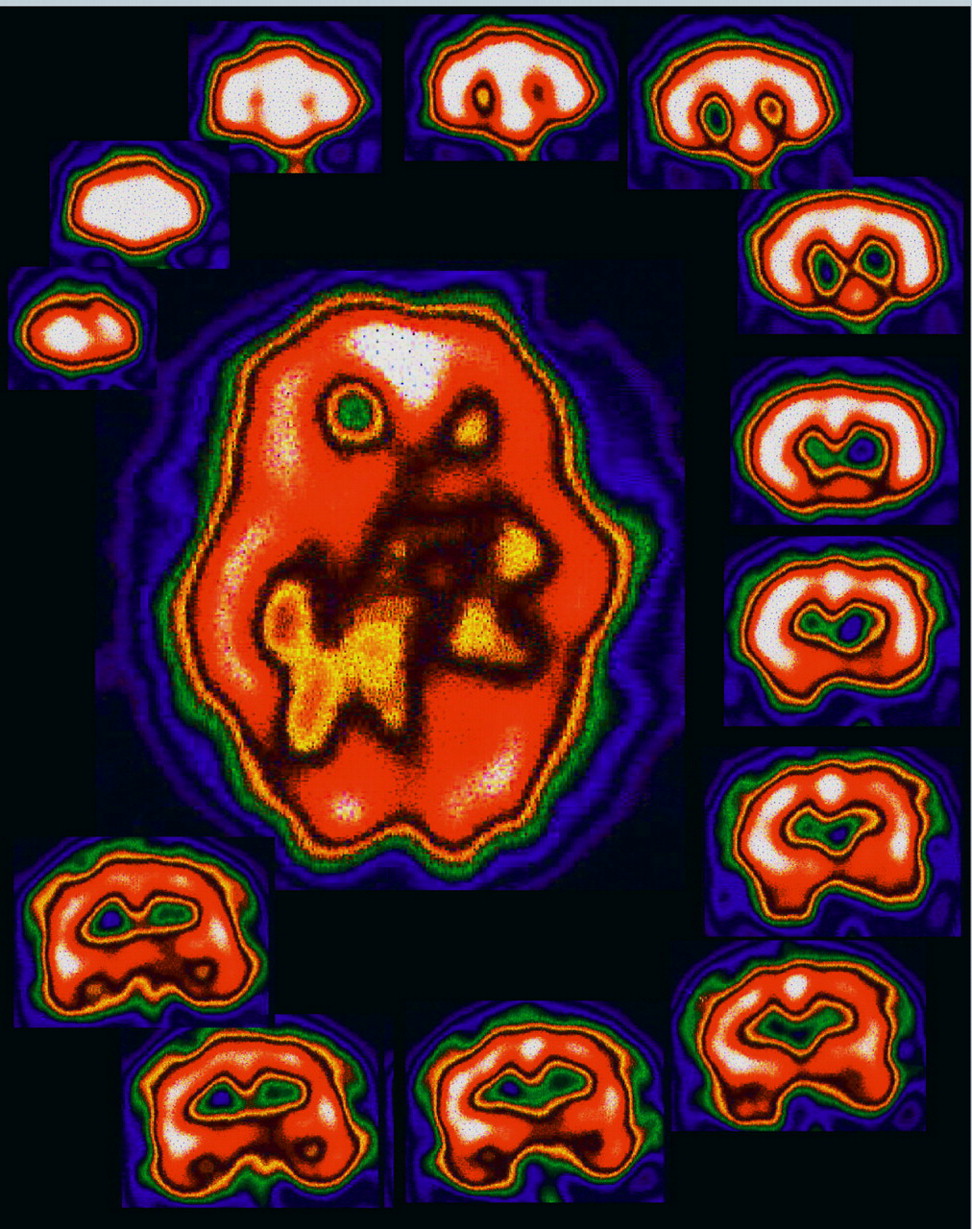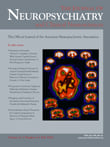Electrical injury sequelae are commonly divided into immediate and transient, immediate and prolonged or permanent, and delayed and progressive.
7,
23 Acute symptoms such as loss of consciousness, confusion, numbness, tingling, and muscle spasms are indicators that an electrical injury has occurred, but may tell very little about the extent of neurological injury. However, evaluating outcome data on electrical injuries is difficult for a variety of complicating factors (e.g., differences in exposure and time since injury, challenges in determining the extent of relative injuries, variations in assessment procedures). Without careful attention to these parameters, synthesis of the literature and useful clinical prognoses cannot be made. While thousands of individuals experience an electrical injury annually, most do not seek medical attention and are thus unlikely to be included in research. Electrical injury survivors who do not seek immediate medical care may later experience delayed symptoms that prompt them to seek formal or informal help. Only the complicated acute or chronically symptomatic individuals will be referred for more intensive neuropsychological evaluations. As with other significant injuries, the process of recovery and rehabilitation from electrical injury is likely to show an uneven course. Collective clinical experience with electrical and lightning injuries indicates that for the group as a whole the most significant improvement should be in the first year, followed by continued improvement for approximately another 2 years before plateauing.
19 In contrast, the pattern in patients with long-term symptoms following electrical injury is of increasing symptoms for the first six to 18 months, followed by improvement that plateaus between 2 and 5 years.
22 It is important to recognize that functional decline may be due to a variety of mechanisms including delayed neurological insult, increased awareness of deficits identified during efforts to return to normal routines, and/or psychological reactions to the original injury.
7,
23Clinical Symptoms
The data source must be carefully considered in comparing studies. For our discussion, only studies that grouped electrical injury survivors based on the time since their injury are included. Studies reporting the mean, median, and/or range of time since injury are excluded, as they combine survivors in the acute stage who may yet fully recover with those suffering chronic symptoms years after the electrical injury. In general, the symptoms of electrical injury are similar across time, although survivors in the acute stage may have greater confusion or altered mental states.
A major challenge in studying electrical injury is its relatively low frequency of occurrence. One group has developed a web-based survey in an effort to obtain information from a larger group with long-term symptoms (>3 months, N=89) following electrical injury.
26,
27 Patients in which the likely current path included the neck/head (or was unknown), with possible mechanical TBI, and/or symptom resolution by 6 months were excluded from the analysis. The responses were grouped by two exposure parameters, voltage (110/220, 440–480, >1000) and loss of consciousness (none, <1 minute, >1 minute). Physical symptoms commonly reported by all groups included general weakness, muscle aches and muscle spasms. Neuropsychological symptoms commonly reported by all groups included problems with attention, concentration and short term memory. Of particular interest, the percentage of each group reporting particular symptoms did not appear to be related to either exposure parameter. As noted by the authors, this is a select sample that may differ from the broad or common experience of electrical injury. The results are generally similar, however, to other studies. A survey of electricians found the most common long term symptoms following electrical injury were fatigue, muscle and joint pain, and sensitivity to cold and heat.
28 In comparison to electricians with no history of electrical exposure, those with electrical injuries (N=63) endorsed more symptoms on the Neuropsychological Symptom Checklist.
15,
21 Highly endorsed physical and neuropsychological symptoms were similar to those reported in the web-based studies. Symptoms often endorsed by patients with electrical injuries in one clinical practice (N=24) included pain and problems with memory and concentration.
22 Two studies found the postacute survivors (>3 month) to have worse self-reported symptoms than the acute survivors (<3 months).
18,
21 Thus, the profile of electrical injury suggests early signs of neurological dysfunction that in many cases persist or worsen over time.
Two studies have provided longitudinal data on groups of electrical injury survivors.
29,
30 The earlier study followed 16 patients for at least 5 years postinjury and found “generalized cerebral dysfunction.”
29 The recent study followed a cohort of electrical injury survivors (N=134) from ER admission to 1 year.
30 All subjects were reported to be initially asymptomatic other than the presence of risk factors for late arrhythmias (e.g., transthoracic current path, loss of consciousness, voltage source ≥1000 V, abnormal initial ECG) requiring 24 hours of cardiac monitoring. All levels of electrical exposure were included. Assessments (telephone survey containing both open-ended and specific questions) were obtained at 1–3 months and 1 year following injury. At the first assessment, 26% (30/114) reported the onset of at least one neurological or neuropsychological symptom (e.g., weakness, pain, numbness, tingling sensations, memory loss). At the second assessment, 28% (24/86) reported the presence of neurological and/or neuropsychological symptoms. Of these, 50% were symptomatic at the first assessment and 50% were not. There were no differences in symptom rates at either time point related to type or severity of electrical exposure (e.g., domestic or industrial, greater than or less than 1000 V, presence or absence of burns, presence or absence of loss in consciousness, level of muscle injury as indicated by initial creatine phosphokinase level). As noted by the authors, these results support the presence of both early and delayed-onset neurological and/or neuropsychological symptoms in a substantial minority following electrical injury.
Self-report data are problematic for many reasons, particularly the tendency for patients to underestimate the prevalence of premorbid neuropsychological symptoms such as forgetfulness, irritability, fatigue, and sleep disturbances.
31 Formal neuropsychological testing provides more objective evidence. Common deficits in patients with electrical injuries in one clinical practice (N=26) included processing speed (62%), auditory (62%) and visual (35%) memory, verbal learning (54%) and fluency (46%), concentration (46%), and attention (42%).
22 One study compared neuropsychological performance of patients with high voltage (electrical and lightning) injuries to patients with TBI (matched for gender, age, education, time since injury and injury severity).
17 The overall cognitive performances of the two groups were similar. Verbal memory deficits were found in the electrical injury group at all times examined (<1 month, 1–6 months, and >6 months). Such results clearly demonstrate neuropsychological dysfunction in at least some of the electrical injury survivors.
Psychiatric sequelae following electrical injury have also been documented. Electrical injury survivors report high levels of depression, anxiety, PTSD symptoms, irritability, somatization, mood swings, and personality changes.
5,
17,
18,
20,
21,
26,
27,
30,
32 –
34 Significantly, several studies have found that psychological factors such as depression or premorbid psychiatric history do not account for neuropsychological symptoms post electrical injury.
20 –
22,
35 –
37 However, in one study electrical injury survivors who met criteria for two psychiatric diagnoses reported more neuropsychological symptoms than survivors who met criteria for no or only one psychiatric diagnosis.
38 Psychiatric sequelae of electrical injury may not manifest immediately after the injury. Cross-sectional studies have reported higher incidence of both specific symptoms and formally diagnosed disorders at later times following injury (>3 months) compared to earlier periods (<3 months), as well as persistence of symptoms years after electrical injury.
15,
18,
21,
34,
38 Longitudinal studies have reported depression and associated psychosocial complaints, with indications of increased symptoms at 1 year compared to a few months after injury.
29,
30 Such findings suggest the progression or development of chronic psychiatric impairments.
While the origin of the dysfunction associated with electrical injury may be controversial, survivors clearly have difficulty returning to their previous level of functioning. It is often in the process of returning to work following an electrical injury that many survivors first become aware of their deficits. This may be one reason for the “appearance” of symptoms several months postinjury. Studies suggest only 25–50% of electrical injury survivors are able to return to their previous employment while a third could not return to work at all.
32,
33 Return to work may be impacted by multiple factors including neurological deficits, neuropsychological impairments, and/or psychological reactions. Electrical injury survivors attempting to return to work may also find a psychologically threatening and/or socially unsupportive workplace. An electrical injury may be similar to a single trial of aversive conditioning that is difficult to extinguish.
39 The survivor may feel fearful about returning to what may now be perceived as a dangerous environment, resulting in a cascade of self-defeating thoughts.
40 Coworkers, supervisors, and the survivor may contribute to these thoughts by overtly or covertly blaming the survivor for the electrical injury (e.g., by attributing dangerous, careless, or unprofessional traits to the injured worker).
41 Such beliefs, particularly when reinforced through social interactions, can impede recovery. In addition, electrical injury survivors frequently have a difficult time getting their deficits acknowledged as serious, which may also impede their recovery.
39 Rehabilitation following any significant injury is a difficult and trying process that can result in poor adjustment even when the original injury heals.
42 The inclusion of a vocational evaluation as part of the rehabilitation plan is recommended.
41




